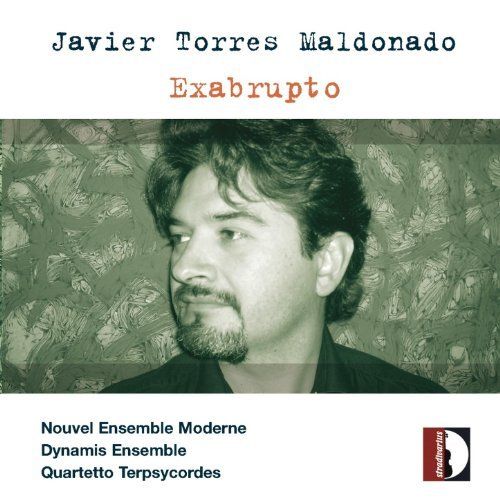The unexpected clock in the mirrors (2005), for violin, bass clarinet and five other instruments, was commissioned by the Mexican Fondo Nacional para la Cultura y las Artes (Sistema Nacional de Creadores de Arte) and is dedicated to Carlo Chiarappa and Rocco Parisi. One of the main features of this work is its transparency, which is a result of the contraction and expansion of a single harmonic field (two chords: Ab, C, D, Eb, F and C#, E, G, Bb) and Torres Maldonado himself calls this process “a succession of iridescent events arising from one single source of light”. The two things starting the work off are the note G – corresponding to the fourth string on the violin - played insistently on the piano with changes in timbre and a descent on the piano which gradually broadens out to include the other instruments of the ensemble and which flows into the entry of the solo violin – on the open G of its fourth string of course. The violin initially appears “chained” to this note but gradually manages to break free and produce a melody and resonances which have the same effect on the bass clarinet. This instrument in turn only breaks free when the ensemble comes in with a glissando of microtones that expands the harmony. Now that single harmonic field is blown to pieces in all registers through violent expansion and contraction until the whole process is suddenly cut off with the arrival of new material alternating with the old and becoming increasingly present. Torres Maldonado says, “This new element is a perpetually evolving pulsation which often appears unexpectedly via modulations in its metre and in some cases is superimposed on itself, as though it were a clock in a number of mirrors, some concave, some convex, which show a distorted reflection of it.”
